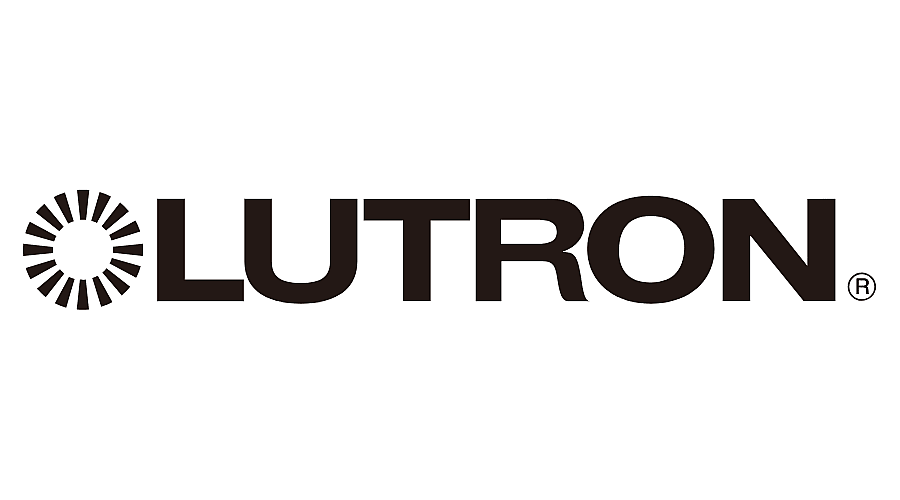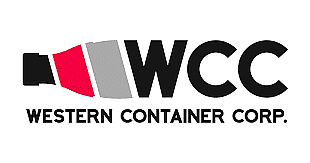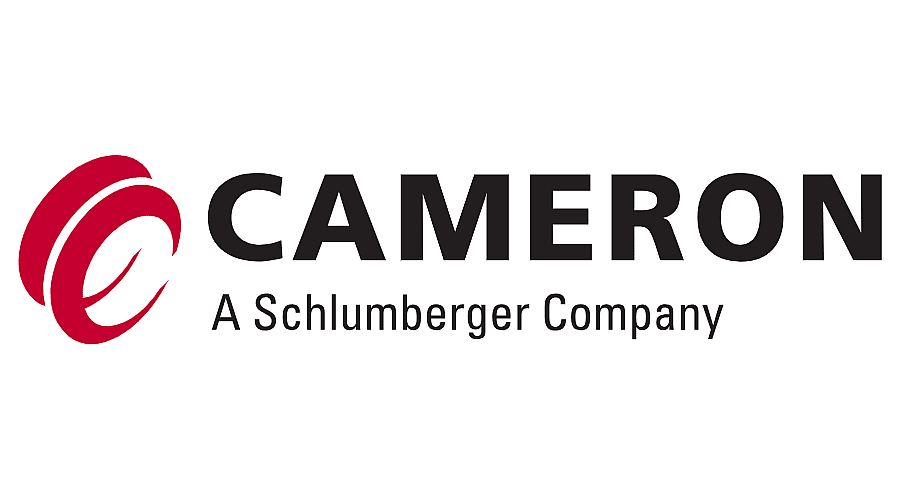The Importance of Cathodic Protection in Oil and Gas Industries
Corrosion is likely the most deleterious and hazardous form of damage associated with oil and gas production and transportation. Unfortunately, almost every single aqueous environment can facilitate corrosion, which is defined as a destructive attack upon material by substances in its surrounding environment. The threat of corrosion problems in the oil and gas industries has given rise to protective systems such as cathodic protection, which has proven an invaluable tool for the safeguarding of oil and gas pipelines. Here, we will review some of the most common types of corrosion and demonstrate the importance of cathodic protection in the oil and gas industries.
The Importance of Cathodic Protection
Cathodic protection is a corrosion-reducing method that minimizes the difference
in potential between an anode and a cathode. By applying an electrical current to the structure (an oil or gas pipeline), we protect said structure from outside corrosive forces, such as those listed above.
The various technological advances of corrosion mitigation, corrosion prevention, and pipeline monitoring have yielded incredible results when it comes to safeguarding the integrity of oil and gas pipelines. While a proper cathodic protection system is an important means of mitigating corrosion, it is just as important as carefully monitoring your pipeline’s integrity.
Now that you are aware of the dire importance of cathodic protection in the oil and gas industries, if you would like to learn any more about our corrosion testing services, including cathodic protection system design, and pipeline integrity testing, contact Dreiym today.











































